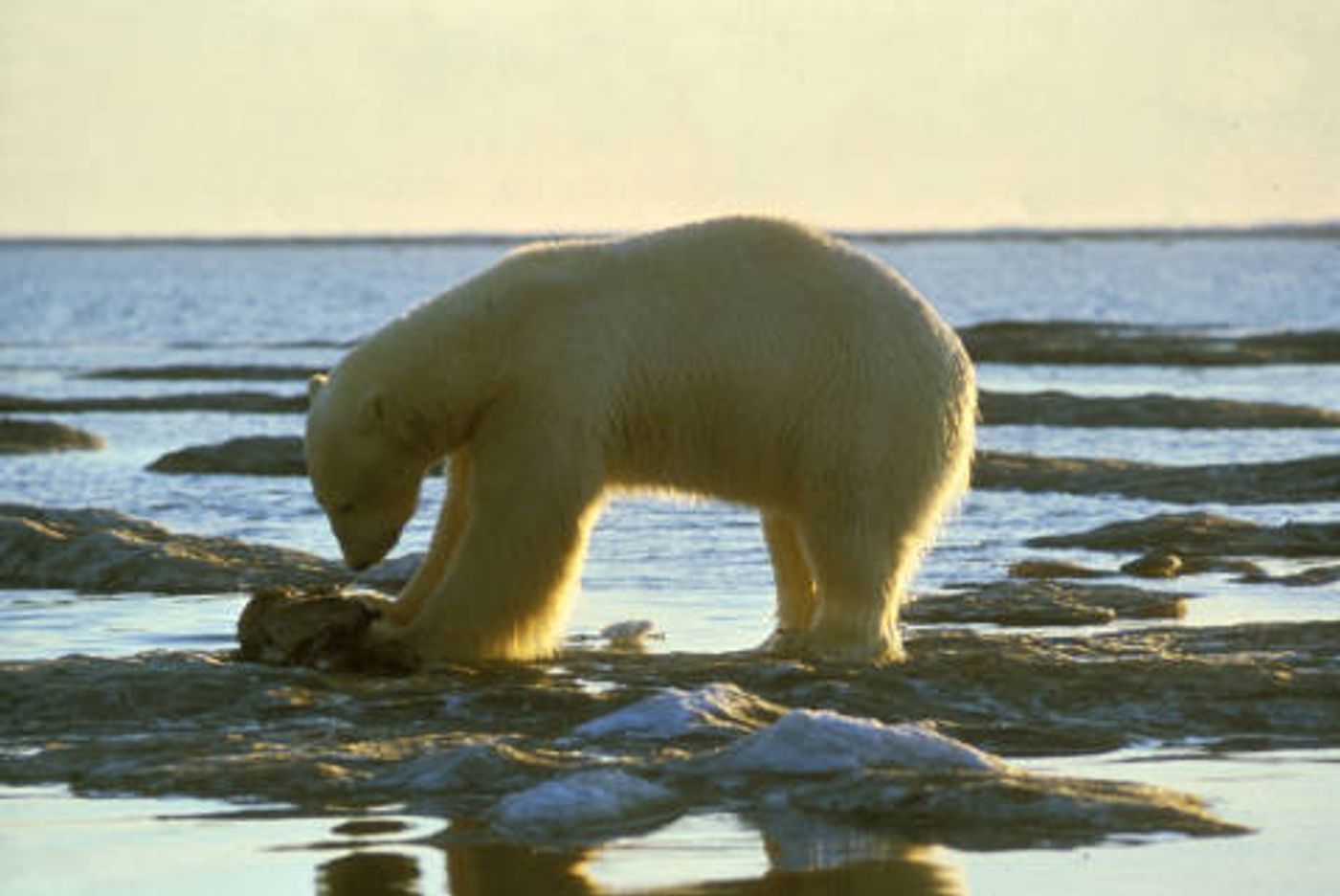Enacted in 1973, the Endangered Species Act (ESA) is the most comprehensive law any nation has enacted to protect imperiled species. With amendments added throughout the last 30 years, section 7 is perhaps the most encompassing part of the Act, including many of its protections. However, until a recent study from employees of Defenders of Wildlife, which was later published in peer-reviewed journal Proceedings of the National Academy of Sciences (PNAS), the exact way in which government regulators use section 7 was poorly understood.
“Our analysis is the first to systematically evaluate how the US Fish and Wildlife Service has implemented section 7 over an extended timeframe and across all listed species. The results inform current efforts to improve the conservation effectiveness of section 7 and rebut certain claims about the regulatory burdens of complying with section 7,” states the study from Defenders of Wildlife employees Jacob W. Malcom and Ya-Wei Li.

“Section 7 of the US Endangered Species Act (Act) directs federal agencies to help conserve threatened and endangered species, including by consulting with the US Fish and Wildlife Service (FWS) or National Marine Fisheries Service on actions the agencies authorize, fund, or carry out. Consultations ensure that actions do not violate the Act’s prohibitions on “jeopardizing” listed species or “destroying or adversely modifying” these species’ critical habitat. Because these prohibitions are broad, many people consider section 7 the primary tool for protecting species under the Act, whereas others believe section 7 severely impedes economic development.”
Indeed, this has been the main controversial criticism of the Act: the assumption that because it has the potential to stop large-scale development projects that include lots of people’s jobs and lots of money, that it is the cause of economic disruption in numerous cases. However, the study found that the data actually reveals nothing of the sort. “The most important implication of this paper is that these myths about the Endangered Species Act killing jobs, killing economies — they’re not reflected in the data,” Li said. “So,” he suggested, “any calls to weaken the Act on the basis of its destructive effects on the economy should be dismissed.”
“The claim is that this consultation process is essentially killing jobs, it’s ruining the economy, it’s stopping projects left and right — all of these claims that the Section 7 process is very onerous to comply with,” Li said. “We want to tell the real story.”
In the study, the authors analyzed 88,290 consultations that were recorded by the U.S. Fish and Wildlife Service between January 2008 and April 2015. They found that not even a single project was stopped or extensively altered during this time because of section 7.
So what exactly does that mean?
It could potentially signify that federal agencies have improved at creating projects with minimal impact on endangered species which means essentially that they’re already set to proceed by the time they make it to a Section 7 consultation. However it could also mean that Section 7 isn’t being enforced well, for reasons such as budget cuts and political pressure. More realistically than either of the two extremes, it probably signifies that the FWS and other federal agencies have improved their negotiation skills, “learning how to talk through potential conflicts and make adjustments to proposals before having to resort to a jeopardy call,” explains Li.
“Without this data being publicly available, and without us analyzing it, we would never have been able to tell this story,” Li said. “There’s so much value in making this regulatory information, these day-to-day decisions of the government [available]. When you have 88,000 of them and put them together, you start seeing these incredible patterns. And that is really important to improving the transparency and accountability of how federal environmental laws are being implemented.”
Sources:
PNAS,
FWS,
The Washington Post










